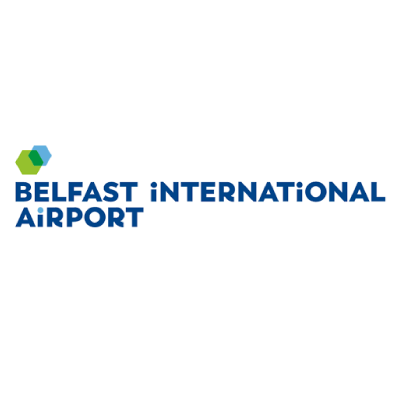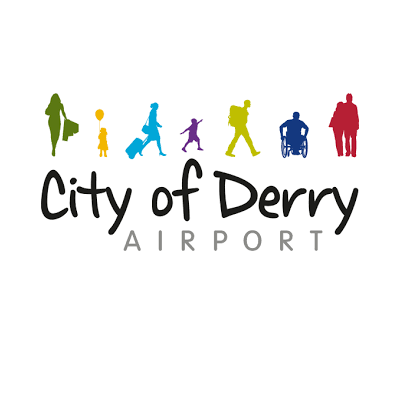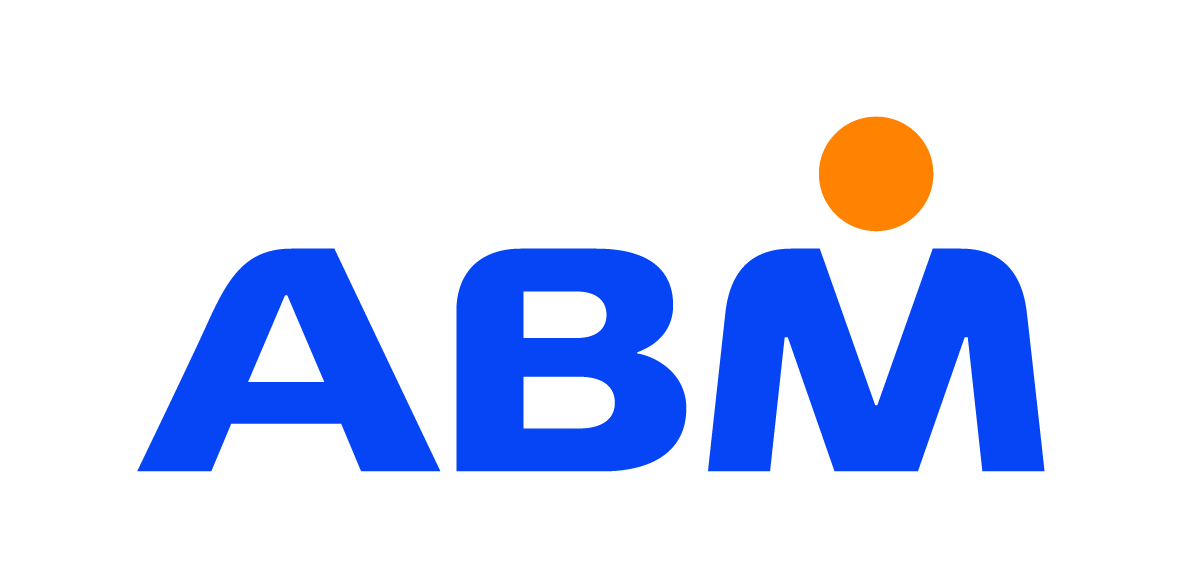Email is the top performing marketing channel for ROI ($32 per $1 spent in 2018) and the most powerful driver of customer acquisition and retention. It is also more cost effective than other channels, packing a bigger punch than advertising, search, content, social and website, and requiring only 10% of the digital marketing budget.
This value is often achieved through automation, a function that saves on time and resources whilst actually improving results. Automation makes it easier for even small teams to engage customers with the right message at the right time.
However, a surprising 64.8 % of businesses are still not making use of this tool, despite the fact that spending for marketing automation is set to grow vigorously, reaching $25.1 billion annually by 2023 from $11.4 billion in 2017.
For airports that want to optimise their aeronautical and non-aeronautical offering, boost revenue and offer top class customer service, email automation has clear benefits.
Let’s have a look at how it works and how your airport can put it to use…
What is email automation?
The word ‘automation’ like ‘automatic’ means ‘of a device or process working by itself’. With email, this means the automatic sending of real-time messages to a subscriber based on that person’s actions or demographics.
Emails can be triggered by a purchase, a website visit or a click-through from an email campaign. Familiar automated emails include welcome messages sent when a customer account is opened, re-engagement emails when a customer hasn’t engaged with the brand for a while and cart abandonment emails when a customer leaves a purchase part way through. These emails are set up once and then send automatically whenever a specific set of triggers is met.
The most obvious benefit to this is efficiency. Freed from email obligations, marketers can spend more time focusing on building an ongoing relationship with their customers.
There are advantages for the customer too. Automation guides them through their buying journey, offering value and convenience. Done well, it creates a natural, personal conversation with the customer, which is why automated emails see a 70.5% higher open rate and 152% higher click-through rate than standard, non-personalised messages.
9 benefits of email automation
- Automated emails allow you to create a highly personalised customer experience.
- They offer the potential for greater capacity –bigger and better campaigns without creating a huge burden of work.
- Email automation can be based on real-time customer behaviour. It is therefore much more responsive and reactive than any other campaign. This ‘always on’ marketing means the recipient enjoys much more engaging, relevant messages.
- Marketing team members have time to focus on customer acquisition and retention
- The reporting functions in automation software give real-time insight into the success of each campaign so you can constantly improve.
- Automated recommendations of cross sell and up sell products and services based on recent purchase and browsing history can help drive additional sales from each interaction.
- Up to 63% of lost revenue can be recovered with cart abandonment automations.
- Automated emails allow you to send special offers to high-spending customers, trigger re-engagement campaigns and ask for customer feedback – all great ways to build relationships with your customers post-purchase and increase their lifetime value.
- Email automation is a useful customer service tool, addressing FAQs and solving common problems such as lost login details. This reduces support costs whilst improving the efficiency and quality of your customer service.
Supporting the customer lifecycle with email automation
Email automation makes it possible to connect with every customer at each step of his or her booking or buying journey. It allows your airport to convert prospects into customers and brand advocates – a task that would otherwise require thousands of individual conversations to accomplish.
Certain types of personalised messages are only made possible by automation. For example, ‘Happy birthday’ discounts or product recommendations that would be a time-consuming, resource-heavy commitment for any business can be easily triggered automatically, giving the appearance and gratification of personal emails without investing time and resources on manual tasks.
Automation also makes it possible to track the customer lifecycle, offering real-time, relevant messages. This means you can effectively guide the customer through the booking journey, and offer support and help that will get them back on track if they head off in the wrong direction.
A good email automation strategy engages with a customer-centric ethos across all platforms, delivering on promises and promoting an excellent customer experience.
Map your customer lifecycle
The best starting point for designing your airport’s marketing automation strategy is to map out your existing and ‘ideal’ customer lifecycle.
In order to do this you must look at your service and product offering from the customer’s perspective, and study how your customer interacts with your airport. While there’s plenty of information about booking funnels and customer loyalty loops online, your customer lifecycle will be unique to your industry and your airport.
Find out what it is the customer wants to achieve, what their emotional triggers are, which actions they will commonly take and where they are in their buying journey. For example, a customer visiting your airport’s booking page for the first time probably isn’t ready to buy just yet. Pushing them through to purchase might actually put them off. Instead, offer them informative, relevant destination guides to help support their decision making.
The framework of engagement
There are six basic points of engagement within the customer lifecycle from the point at which the prospect first becomes aware of your brand right through to the ongoing relationship that you will develop with them. These points are:
- Awareness – The customer first discovers your service offering.
- Evaluation and comparison – They judge whether you can meet their needs, if they can trust you and whether your offering is competitive.
- Conversion – The decision to purchase is made. There may still be hesitation, second thoughts or questions to answer.
- Experience – They have completed their booking. Now it’s time to deliver on promises, set expectations and nurture loyalty.
- Loyalty – Your airport works consistently to develop an ongoing relationship. This involves more than just selling another product to the same customer – you need to offer them value in a way that develops loyalty and advocacy.
- Win-back – The customer hasn’t bought from you in a while but that doesn’t mean they are unengaged. Reminding them of your goods and services or offering them special discounts can bring them back on board.
Some examples of email automation
Once you have mapped the customer lifecycle, you can begin to think about how you want to interact. The starting point for this is likely to be an action taken by the customer that might include one of the following:
- Newsletter sign-up
- Browsing particular products or services
- Adding an item to their shopping cart
Triggers can also include ‘life’ events:
- A birthday or other anniversary
- When a subscription is about to end
- When a booking is completed
Negative interactions or lack of interaction also matter:
- Abandoning the shopping cart during checkout
- Leaving a poor or neutral review
- Not opening an email
When you understand which actions and triggers you can react to, you can start to plan the message you want to deliver. Because the message is in response to a customer-driven event it will be relevant and timely, and ideally it should also add value to the customer and to your airport. It needn’t be a one-off message. Automation can work in a flow that develops like a conversation, guiding the customer towards your goal.
Gauging your automation strategy
It can be tempting to get a bit carried away with email automation, but more doesn’t always mean better. Adding too many email triggers can be irritating to customers and detrimental to the customer lifecycle. It’s important to gauge where your business is and how that will inform your strategy. It’s also necessary to reassess automations periodically to ensure they are still providing the best value for customers.
Let’s look at the different aspects of email automations and how they might apply:
The simple broadcaster campaign
The ‘broadcaster’ email is a one message fits all approach, but it can still benefit from the basics of automation.
Start with basic automations triggered by a single action. Simple automated operational emails such as ‘welcome’ messages and purchase and delivery confirmation will build customer trust.
Experiment with simple A/B testing, automatically resending existing campaigns to non-openers with a new subject line or at a different time of day and monitoring the results. This involves fewer resources than a new campaign and it gives you a lot of useful information about what excites your customers.
Send automated emails that offer incentives and rewards, for example a discount code on a re-engagement email. This uptake on this code makes it easy to track your results.
Rezcomm’s marketing automation tools come complete with detailed reporting and analytics features helping you to get the most out of even the simplest campaign. This also makes it easy to assess campaigns and discover what works and what doesn’t.
Customer segmentation
In order to efficiently support the journeys of your different customers its important to segment customer data in a sophisticated way. This means you can carry out multiple conversations with different segments, and automation is the best tool to achieve this.
Rezcomm’s integrated systems support sophisticated customer segmentation and comprehensive data capture so your airport can really get to know its passengers. The software also features advanced workflows so automations work together rather than in isolation. Workflows that nurture rather than simply reacting to triggers can help to move a subscriber through the booking journey.
Set up cart abandonment emails that can be delivered as soon as a visitor leaves your website without completing a booking. Use automations to re-engage customers who don’t respond to your marketing emails or who haven’t purchased recently.
Implement date-based automations such as anniversary and birthday emails to add a layer of personalisation.
Ask the customer to sign up for automations such as ‘back-in-stock’ or ‘flight updates’. Simple forms on your website or during the booking journey put the customer in control of what they receive.
Product recommendations, up- and cross-selling
Automations that offer product recommendations actually help shape buyer behaviour rather than just responding. This can offer real value and enhance the customer journey, delivering significant benefits in terms of both revenue and retention.
Rezcomm’s systems support complex customer data segmentation and email workflows directed by sophisticated machine learning, meaning automations can include up sell and cross sell of products based on recently purchased items and browsing history.
This can include abandonment campaigns that target customers who click away from the website early on in the buying journey as well as those who abandon their cart at point of purchase. It can also incorporate ‘replenishment’ campaigns, or emails triggered at the point at which a customer may want to make a repeat booking. For example, if a customer books a summer holiday with you in February this year, an email in January next year prompting them with information about new destinations or a deal on their next booking can help drive loyalty.
Again, the main focus should be on great customer service. Automated emails can be used to respond quickly to any bad reviews or customer complaints. They can also be valuable in alerting customer service team members when negative feedback is logged on the system, meaning a quicker response time and a better customer experience.
Predicting buyer behaviour
When you have a rich source of omnichannel customer data, it becomes possible to predict buyer behaviour. The holistic single-customer view allows for automations that can be sent whenever and wherever the customer interacts, creating a seamless, real-time customer experience.
A multi-channel approach to lifecycle automation can include direct mail, SMS and push notifications. Customers are used to receiving both email and SMS confirmation of, for example, a car park booking. This gives both an immediate reassurance and a longer-term record of the reservation.
It’s important to update and refresh automations regularly. If you have subscribers who are highly engaged they will soon become familiar with the same old automations and lose interest. After all, if your emails aren’t fresh, the impression is that your product offering isn’t either. It’s also important to bring brand personality and ‘voice’ to your messages. Automated messages needn’t sound robotic.
Keep it simple. If your automations have become overly complex, refer back to your customer journey maps and make sure that you are considering the customer’s context and therefore offering something that adds value.
Rezcomm is the partner of choice for airports worldwide. The team is expert in supporting customer lifecycle through smart, intuitive tech. If you have any questions about how you can use our integrated platform to nurture customer relationships without blowing your budget, contact us for a chat.






























